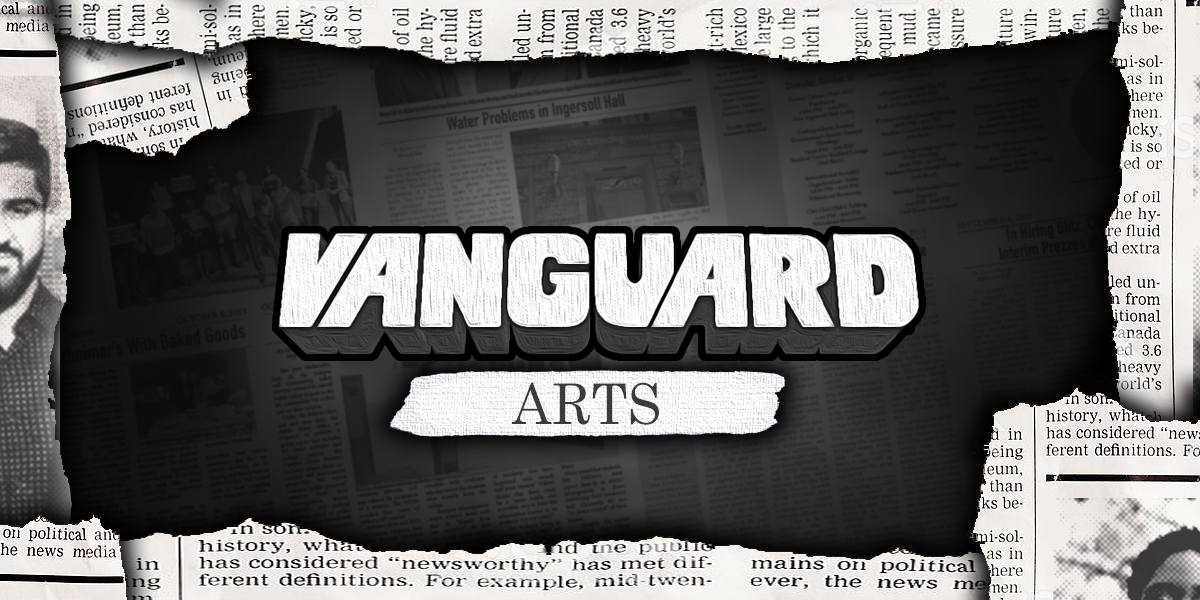
How do you solve a problem like Perdita? At the heart of Shakespeare’s “A Winter’s Tale” lies a paradox: the play is a comedy, but its first three acts are a gory, comedy-free psychological drama about man-rage and child abandonment. In some fields, that’s a non-issue – consider premium cable, where bleak half-hour “comedies-in-theory” routinely triumph come Emmy season – but Shakespearean scholars have spent centuries rattled by the play’s violent opening and odd tonal shifts.
This has led them to dub “A Winter’s Tale” a “problem play,” and it’s led many theatrical companies to shy away from the play entirely. In popular memory, “A Winter’s Tale” is firmly on the C-list of Shakespeare’s oeuvre, right next to “Timon of Athens” and “the one that inspired that South Park where Cartman trains a pony to bite off an eighth-grader’s penis.” If “A Winter’s Tale” is remembered at all, it’s for the infamous “exit, pursued by a bear” stage direction, or perhaps as the earliest extant reference to dildoes in the English language; but never as a compelling work in its own right.
Brooklyn College’s production of “A Winter’s Tale” doesn’t try to paper over these problems so much as it gathers up the Bard’s contradictions, scrunches them into a ball, and makes a headlong charge towards the goal line. The resulting spectacle doesn’t always make sense, but it’s always fascinating to watch. Visually, the play is split between two kinds of costume drama: the Greek tragedy of the “Sicilia” scenes early on in the play, and the light-hearted pastoral comedy of the “Bohemia” scenes later on. But director Duane Boutté throws a curveball by adding a third aesthetic: several actors decked out in ghostly white Victoriana represent “time,” whisking us sixteen years into the future at the dawn of the fourth act, among other things.
This sounds confusing, but it mostly works, largely due to uniformly excellent scenic and costume design. The projection work is a little shoddier: frequently they were impressive, but at times I was reminded less of Eastern Europe and more of a screensaver circa 1999 (perhaps most bizarrely, during the aforementioned “exit, pursued by a bear” scene, the bear is represented by projecting the “game over” screen from Super Mario 64 onto the screen. Exit, pursued by a…Bowser?)
As for the performers themselves, they range from merely good to excellent. That’s not surprising given the quality of our regular actors here at BC, but it’s especially impressive given the material. It can be tough for modern audiences to understand Shakespearean dialogue, which leads some actors to compensate by overemoting or overemphasizing in a way that neither respects the flow of the original text or brings it home for a 21st century theatergoer. That’s not the case here. Take Chris Laing, for instance, who imbues his Polixenes with a gut bustingly funny set of gestures; or Tabitha Perez, who as the young Mamillius once again plays a character less than half her age with irrepressible glee. Earlier this month, I was less than ecstatic about Harrison Hernandez’s performance in “Tick Tick Boom,” but cast here as the Sicilian noble Camillo, he’s clearly in his element, giving the most authentic performance of the bunch.
The obvious standout, however, is Chrissy Brinkman as the trickster Autolycus. Her performance is joyously physical: at multiple points, she crouches down into a little nook below the stage and peeks over onto the main action. Every time she jaunts her way into the scene, her entrance gives the play a little rush of adrenaline.
Do these great performances elevate “A Winter’s Tale” from curiosity to a worthy entry in Shakespeare’s bibliography? Um… no, if I’m being honest. But that’s Shakespeare’s fault, not the fault of this (both literally and figuratively) spectacular production. Boutté’s take on the “problem” play doesn’t fix its structural problems, but the embellishments he adds are so beautiful, and the quirks so charming, that you can’t help but love it.
